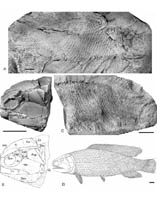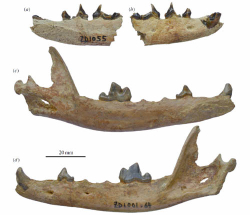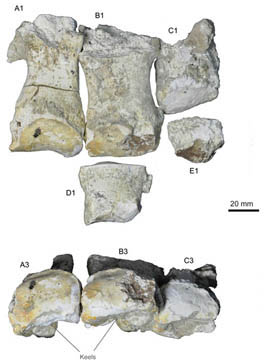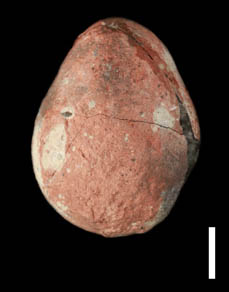 |
Nearest Ancestor of Living Bears Discovered from Gansu, China |
| In the last ten years or so, a number of skulls of Indarctos, Agriotherium and Ursavus have been collected from the Late Miocene deposits in the Linxia Basin. Since so far no complete Ursavus skull has ever been found and reported, and a number of questions pertaining to the origin, phylogeny and classification of t... |
|
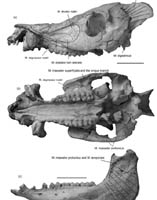 |
Functional Analysis Reveals Miocene Fossil Pig’s Foraging Behavior |
| Foraging behavior and adaptations for feeding in the context of habitat condition have been studied widely in living suids (pigs) but rarely in their fossil relatives. A study published in Science China: Earth Sciences (5) compared the skull and mandible of a Late Miocene fossil pig from the Linxia Basin, Gansu Prov... |
|
|
|
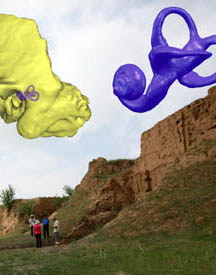 |
Ancient Chinese Skull Has Neandertal-like Inner Ear |
| A closer look based on micro-CT scans at a 100,000-year-old human skull that was recovered 35 years ago in China revealed that it had an inner ear formation that was thought only to have occurred in Neanderthals. In comparison, none of the three other archaic human skulls analyzed from different parts of China had t... |
|
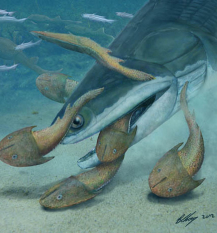 |
Largest Silurian Vertebrate Discovered from Yunnan, China |
| An apparent absence of Silurian fishes more than half-a-metre in length has been viewed as evidence that gnathostomes (jawed vertebrates) were restricted in size and diversity prior to the Devonian. A team led by Professor ZHU Min, Institute of Vertebrate Paleontology and Paleoanthropology (IVPP) of the Chinese Acad... |
|
|
|
|
|
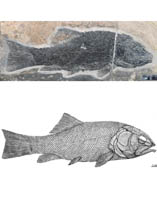 |
Oldest Ionoscopiform Fish Found from the Middle Triassic of South China |
| Ionoscopiform fishes have been known only from the Late Jurassic of Europe and the Early Cretaceous of the New World, although potential ionoscopiforms based on poorly preserved specimens, questionably assigned in the genus Ophiopsis, have been reported from the Middle Triassic (Ladinian) of Italy and Austria. Accor... |
|
|
|
|
|


